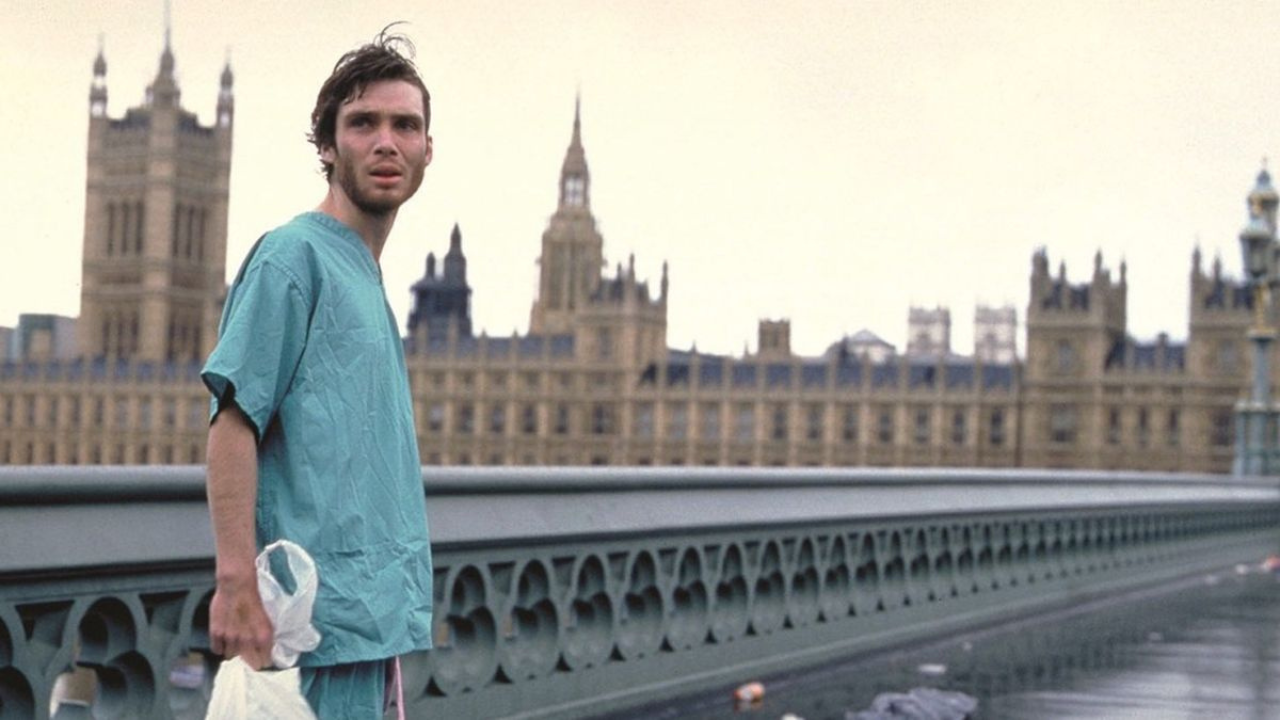The highly anticipated sequel 28 Years Later, directed by Danny Boyle, has made headlines not only for its return to the iconic zombie genre but also for its groundbreaking filming techniques.
Notably, a significant portion of the movie was shot using the iPhone 15 Pro Max, marking it the most expensive film ever made using smartphones, with a staggering budget of $75 million.
Read also: Netflix reveals ‘Squid Game’ Season 2 release date in explosive new teaser
Innovative filming techniques with iPhone 15 Pro Max camera
The decision to use the iPhone 15 Pro Max as a primary camera reflects a blend of technological innovation and artistic vision. While the film’s production team utilised various cameras, the iPhone was adapted with high-end accessories, including DSLR lenses and protective cages, to enhance its capabilities.
This approach allowed filmmakers to achieve a unique visual style reminiscent of the original 28 Days Later, which was famously shot on a Canon XL-1 camcorder. By leveraging modern smartphone technology, Boyle aims to create a fresh aesthetic while paying homage to the franchise’s roots.
However, it is not the first time filmmakers have used smartphone cameras in their movies, Tangerine and Unsane, for instance. But 28 Years Later is a particular case as it has much more financing and boasts even better production quality. The incorporation of iPhones into the shooting of popular movies opens up exciting discussions on inclusiveness and the future of movie production.
Innovation in filmmaking: The iPhone revolution
The decision to shoot the film with an iPhone also seems to be a tribute that Boyle and his crew made to the making of the original video. The first 28 Days Later was made with extreme limitations, and the cameras used were camcorders that captured quite well the post-apocalypse-infected London. However, Boyle returns to a similar philosophy with modern technology and still provokes conventional motion picture conventions. Professional iPhones show that innovation can be created even with essential devices.
In addition, the use of iPhones during the production was kept secret by signed Non-Disclosure Statements from the cast and crew. This level of secrecy points out that the filmmakers have no one except themselves to answer to, and no outside pressure was brought to bear in making this film to spur them to create a new type of movie.
Read also: Nintendo and Pokémon have reported Palworld developer for patent infringement
Expectations for the Release of 28 Years Later
This sequel was scheduled for release on June 20, 2025, and brings together an outstanding cast comprising Jodie Comer, Aaron Taylor-Johnson, Ralph Fiennes, and Cillian Murphy. Although further plot information is minimal, the general audience still looks forward to more episodes of this favourite series.
The movie’s plot will be something new, but at the same time, the movie makers will not deviate too far from the basic structure that made the first movies so successful.
28 Years Later is not another sequel to the previous picture; it reflects a new stage in cinematography development since it was shot on an iPhone 15 Pro Max with a film crew camera.
While people wait for its release, this creative method might encourage future movie directors to try new formats and film with the iPhone. It will explore the complementary relationship between the past and the present, or between tradition and the new age, concerning setting filmmaking standards in the post-modern digital realm.




